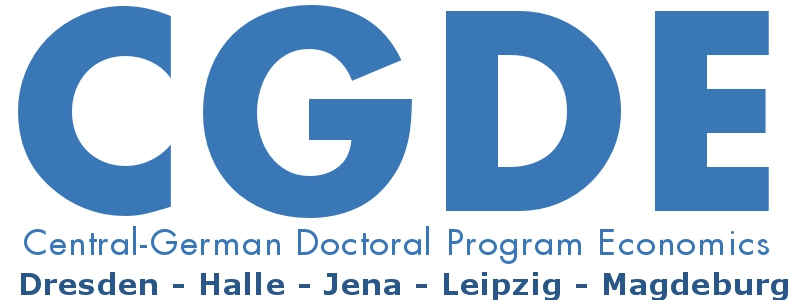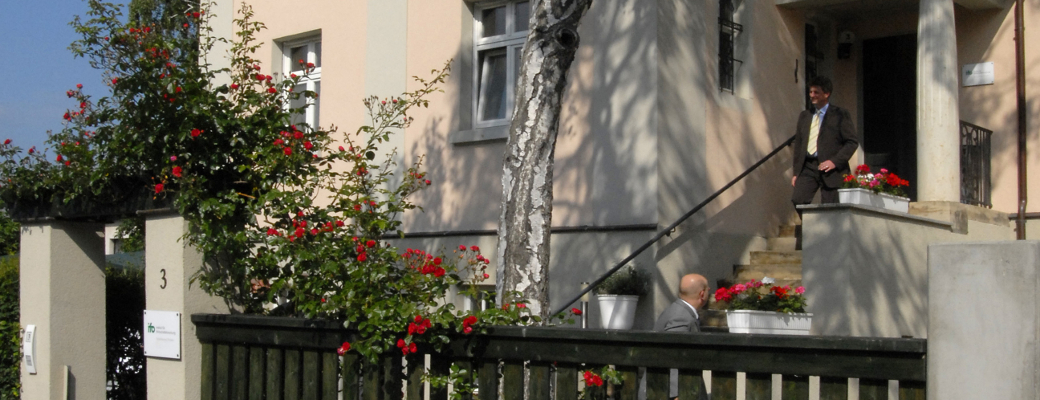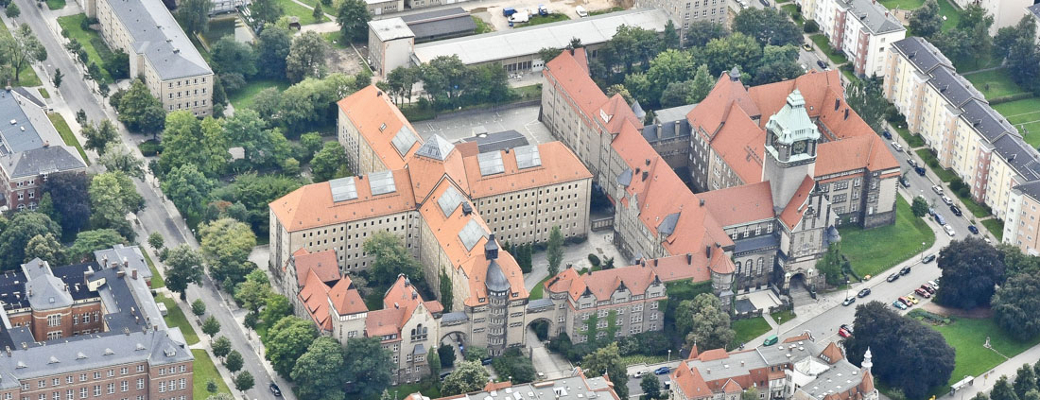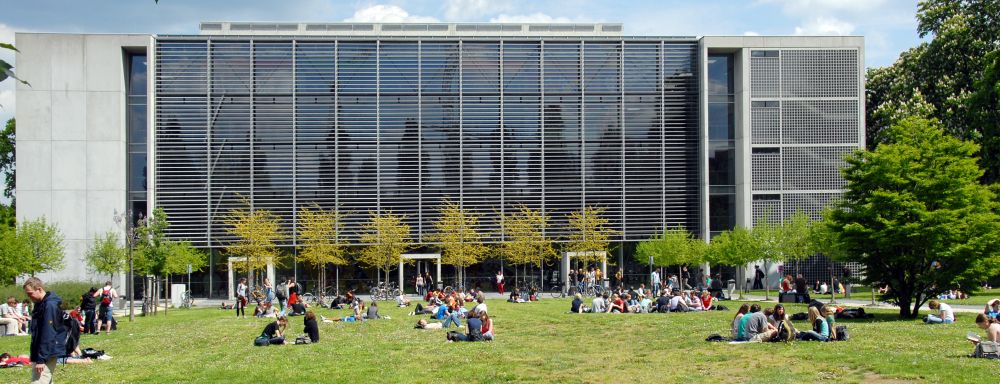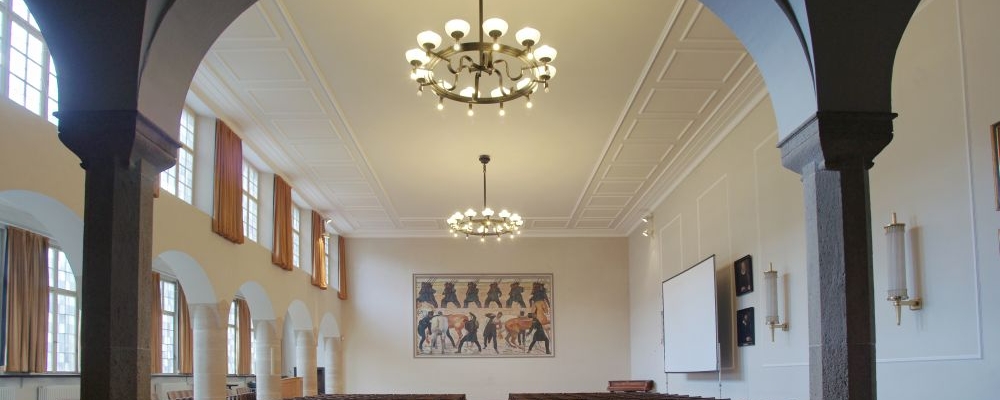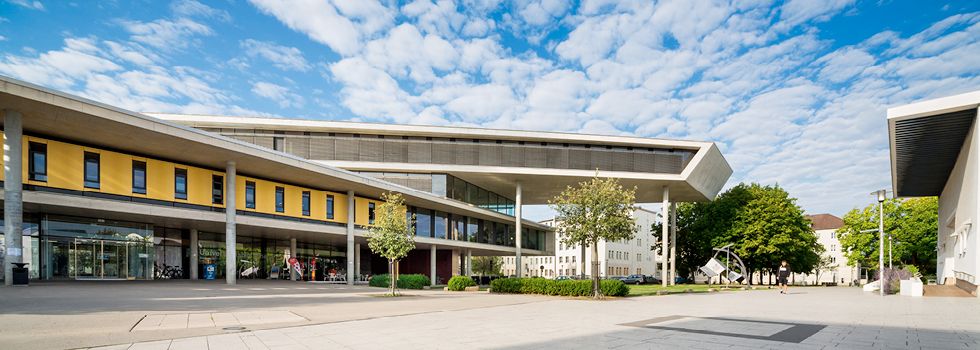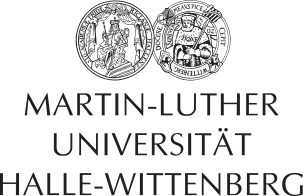The Macroeconomics of Climate Change
Lecturer: Professor John Hassler, PhD (Stockholm University)
Date: September 8- 9 and September 15-16, 2022
Venue: Leipzig University, Institutsgebäude, Seminarraum 2, Grimmaische Straße 12, 04109 Leipzig
Registration: until August 19th, 2022 via email: sprenger@wifa.uni-leipzig.de. The course is designed for at most 20 participants.
Course purpose
The purpose of the course is to provide an understanding for the interrelation between sustainability, in particular climate change, and the global economy. The course will give an understanding of the basic issues, tools to analyze them, and deliver assessments of various forms of policy, both qualitatively and quantitatively.
Climate economics uses methods and results from many different areas, both in economics and natural science. The course will have a broad perspective. It should be particularly valuable for (current and future) researchers and policymakers in the area of climate change but also for anyone else with an interest in these areas.
Time Schedule
Total hours: 24
Thursday, September 8
9:30 a.m. – 11:00 a.m. (2 x 45 min)
Break: 30 min
11:30 a.m. – 1:00 p.m. (2 x 45 min)
Break: 90 min
2:30 p.m. – 4:00 p.m. (2 x 45 min)
Friday, September 9
9:30 a.m. – 11:00 a.m. (2 x 45 min)
Break: 30 min
11:30 a.m. – 1:00 p.m. (2 x 45 min)
Break: 90 min
2:30 p.m. – 4:00 p.m. (2 x 45 min)
Thursday, September 15
9:30 a.m. – 11:00 a.m. (2 x 45 min)
Break: 30 min
11:30 a.m. – 1:00 p.m. (2 x 45 min)
Break: 90 min
2:30 p.m. – 4:00 p.m. (2 x 45 min)
Friday, September 16
9:30 a.m. – 11:00 a.m. (2 x 45 min)
Break: 30 min
11:30 a.m. – 1:00 p.m. (2 x 45 min)
Break: 90 min
2:30 p.m. – 4:00 p.m. (2 x 45 min)
Syllabus
The hours below are rough estimates.
1. Overview
2. The natural science part of climate change: 6 hours. The greenhouse effects, energy budgets, the carbon cycle, climate modeling.
3. Measuring damages: 2 hours. How climate damages are measured and what is found (bottom-up vs. reduced form, damage functions).
4. Natural resource economics: 2 hours. Sustainability of natural resources, in particular fossil fuel; the Hotelling rule and the Dasgupta-Heal model.
5. Energy supply: 2 hours: How much of different energy sources do we have, and will we have?
6. Green energy and technical change: 3 hours. Hhow the economy accumulates technology and chooses between different kinds of technology, energy-related and other.
7. Integrated assessment models: 4 hours basic description, buildup of global models of markets, static and dynamic. Basic analysis of policy.
8. Multi-regional models, policy applications: 3 hours. Quantitative frameworks for assessing policy.
9. Policy discussion: 2 hours. Taxes vs. quantities, EU ETS (emissions trading), green subsidies vs. carbon taxes, green finance, trade restrictions, local vs. national vs. global policy, carbon debt, demonstration effects.
Literature
Reading (or glancing) some literature in advance is recommended but not compulsory. Since the first hours are natural science which may be less familiar to some, reading the sections from SNS Economic Policy Council Report and the Handbook chapter may be advisable. Links to some literature is provided.
Sections 2-3:
SNS Economic Policy Council Report 2020: Swedish Policy for Global Climate, https://www.sns.se/artiklar/sns-economic-policy-council-report-2020-swedish-policy-for-global-climate/ Read in particular sections 2 and 3.
Handbook of macroeconomics, Chapter 24, http://hassler-j.iies.su.se/PAPERS/Handbook.pdf Read in particular section 3.
JRC PESETA IV final report, http://hassler-j.iies.su.se/courses/climatephd/peseta_IV.pdf
Dell et al., (2014), What Do We Learn from the Weather?, The New Climate–Economy Literature, JEL, http://hassler-j.iies.su.se/courses/climatephd/JEL_Dell_et_al.pdf
Montamat and Stock, (2019), “Quasi-experimental estimates of the transient climate response using observational data”, Climatic Change,
http://hassler-j.iies.su.se/courses/climatephd/Montamat_stock.pdf
Sections 4-6:
Acemoglu, Daron., Philippe. Aghion, Leonardo Bursztyn, and David Hemous. 2012. “The Environment and Directed Technical Change.“ American Economic Review, 102(1).
BP. 2021. „Statistical Review of World Energy 2021.“ https://www.bp.com/en/global/corporate/energy-economics/statistical-review-of-world-energy.html
Dasgupta, Partha and Geoffrey Heal. 1974. „The Optimal Depletion of Exhaustible Resources.“ Review of Economic Studies, 41: 3–28.
Hassler, John, Per Krusell, and Conny Olovsson. 2021. „Directed Technical Change as a Response to Natural-Resource Scarcity,“ Journal of Political Economy 120 (11), 3039-3072. http://hassler-j.iies.su.se/PAPERS/ESTC.pdf
Hassler, John, Per Krusell, and Conny Olovsson. 2022. „Finite Resources and the World Economy.“ Journal of International Economics 136. http://hassler-j.iies.su.se/PAPERS/Fossil_fuel_use.pdf
Hotelling, Harold. 1931. „The Economics of Exhaustible Resources.“ Journal of Political Economy 39: 137-175.
Krautkraemer, Jeffrey A. 1998. ” Nonrenewable Resource Scarcity.” Journal of Economic Literature Vol. 36, No. 4, pp. 2065-2107.
Meng, Kyle C. 2021. “Estimating Path Dependence in Energy Transitions”, Working paper UC Santa Barbara.
Tahvonen, Olli, and Seppo Salo (2001) „Economic growth and transitions between renewable and nonrenewable energy resources.” European Economic Review, 45: 1379-1398.
Sections 7-8:
Basic IAMs:
Golosov M., Hassler J., Krusell P., and Tsyvinski A. 2014. “Optimal taxes on fossil fuel in general equilibrium”. Econometrica, 82: 41-88. http://hassler-j.iies.su.se/PAPERS/ecta.pdf
Hassler, J. and Krusell, P. 2018. “Environmental Macroeconomics: The Case of Climate Change”, in Handbook of Environmental Economics.
http://hassler-j.iies.su.se/PAPERS/HandbookProofs.pdf
Hassler, J., Krusell, P., and Olovsson, C. 2021. “Suboptimal Climate Policy”, Journal of the European Economic Association 19:6, 2895-2928.
http://hassler-j.iies.su.se/PAPERS/suboptimal_CO2.pdf
Nordhaus, W. and Boyer, J. 2000. Warming the World: Economic Modeling of Global Warming, Cambridge, MA: MIT Press.
Multiregional IAMs:
Hassler, J. and Krusell, P. 2012. “Economics and Climate Change: Integrated Assessment in a Multi-Region World”, Journal of European Economic Association 10:5, 974-1000. http://hassler-j.iies.su.se/PAPERS/jeea2011.pdf
Krusell, P. and Smith, Anthony A. Jr. 2022. “Climate change around the world”, mimeo.
Desmet, K. and Rossi-Hansberg, E. 2015. “On the Spatial Economic Impact of Global Warming”, Journal of Urban Economics, 88: 16-38.
Cruz, J.-L. and Rossi-Hansberg, E. 2021. “The Economic Geography of Global Warming”, NBER Working Paper No. 28466
Uncertainty:
Weitzman, M. 2011. “Fat-Tailed Uncertainty in the Economics of Catastrophic Climate Change”, Review of Environmental Economics and Policy 5:2, 275–292.
Gollier, C. (2012). Pricing the Planet’s Future: The Economics of Discounting in an Uncertain World. Princeton University Press.
